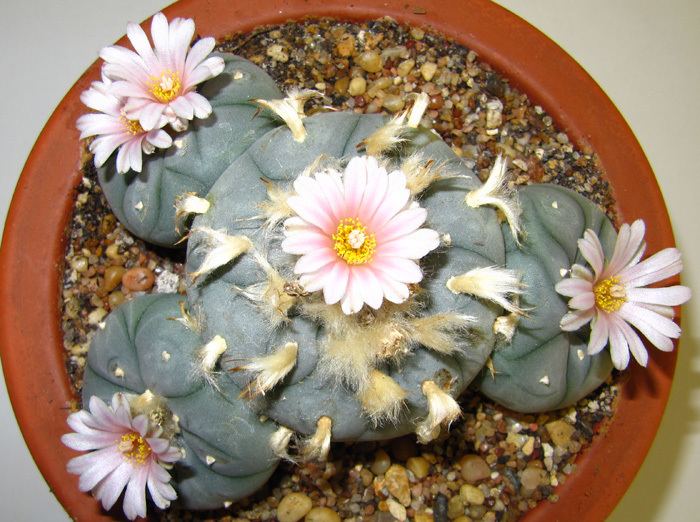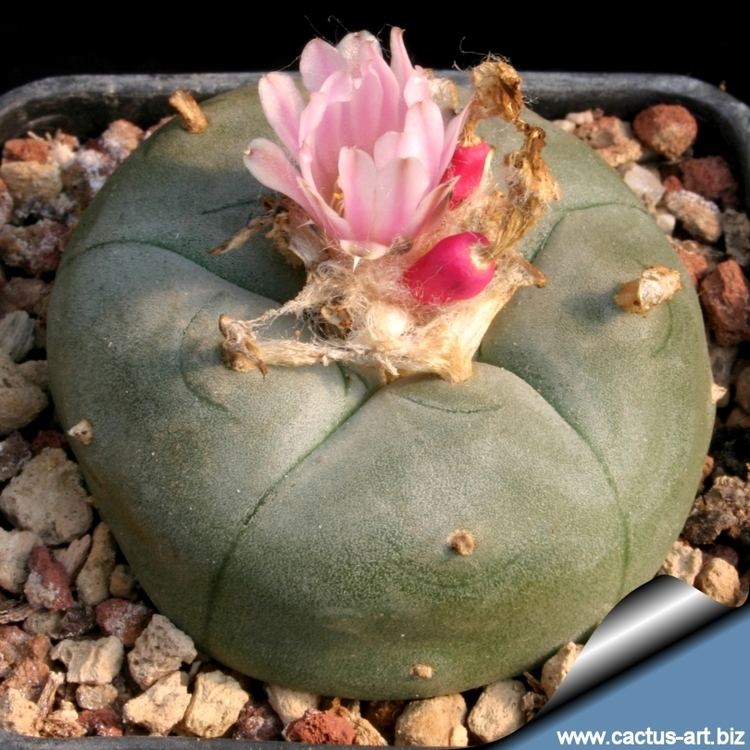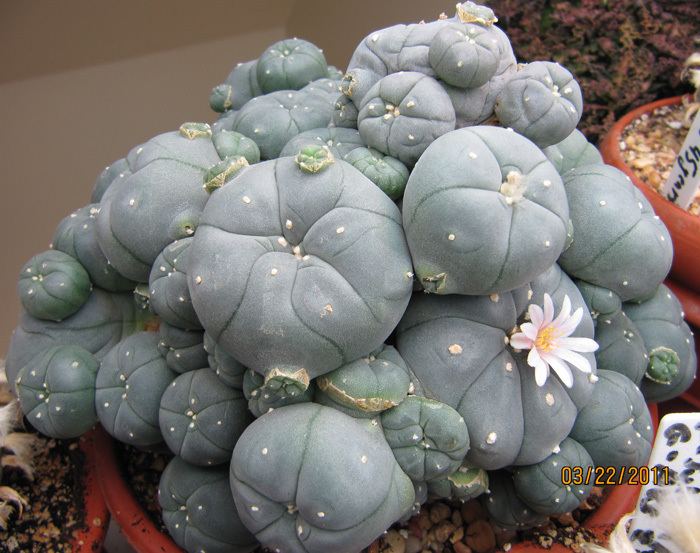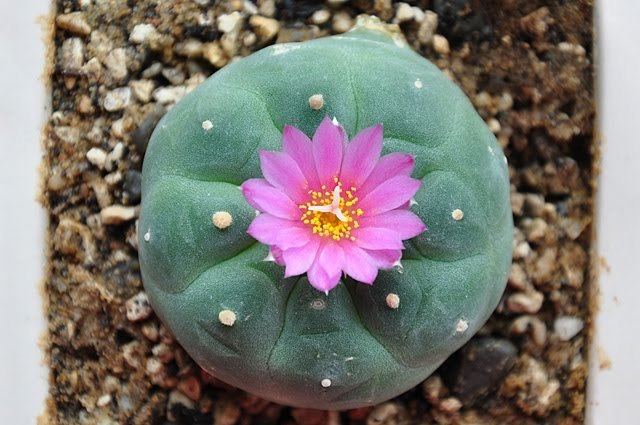Family Cactaceae Higher classification Cacteae | Scientific name Lophophora Rank Genus | |
 | ||
Lower classifications Peyote, Lophophora diffusa | ||
How to grow care for lophophora williamsii the peyote cactus
Lophophora is a genus of spineless, button-like cacti native to Texas from Presidio county (Big Bend National Park) south right along the Rio Grande river to Starr County, Texas. Its range continues south through Northeast and north central Mexico to Querétaro in central Mexico. The species are extremely slow growing, sometimes taking up to thirty years to reach flowering age (at the size of about a golf ball, excluding the root) in the wild. Cultivated specimens grow considerably faster, usually taking between three and ten years to reach from seedling to mature flowering adult. The slow rate of reproduction and over-harvesting by collectors render the species under threat in the wild.
Contents
- How to grow care for lophophora williamsii the peyote cactus
- How to harvest cactus seed lophophora the peyote cactus
- Taxonomy
- Species
- Ethnobotany
- References

How to harvest cactus seed lophophora the peyote cactus
Taxonomy

Lophophora means "crest-bearing", referring to the tufts of trichomes that adorn each tubercle. The name is derived from the two Ancient Greek words λοφος (lophos, the crest of a hill or helmet) and φορεω (phoreo, to carry). Lophophora has been reported to have two species, L. diffusa and L. williamsii. Another three species have being proposed: L. fricii, L. koehresii, and L. alberto-vojtechii. Recent DNA sequencing studies (Butterworth et al. 2002) have shown that L. diffusa and L. williamsii indeed are distinct species. DNA evidence from the alleged species L. fricii and L. koehresii would allow for more accurate classification.
Species



Ethnobotany

Lophophora williamsii, commonly known as peyote, is noted for its psychotropic alkaloids. These alkaloids are absent or only found in extremely small amounts in the other species Lophophora diffusa. While L. diffusa is known for having psychoactive effects, these effects are described not so much as "visionary", like peyote, but rather a delirious high such as those associated with the use of Datura and Belladonna. The stem is used as a spiritual hallucinogen, and is applied topically as a galactogogue, or lactation aid.
Lophophora species easily adapt to cultivation, requiring warm conditions and a free-draining substrate, and to be kept dry in winter.
